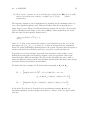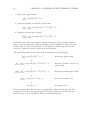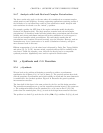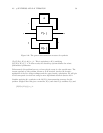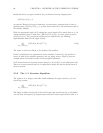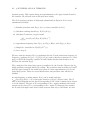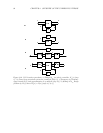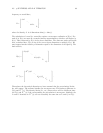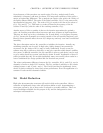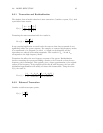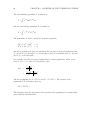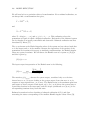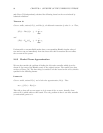2.5. µ SYNTHESIS AND D-K ITERATION 63
frequency we would have,
D =
d
1
I
1
.
.
.
d
m
I
m
I
e
,
where the identity I
e
is of dimensions dim(e) × dim(e).
The calculation of a new H
∞
controller requires a state-space realization of D(ω). For
each d
i
in D(ω) we must fit a transfer function approximation, which we will denote by
ˆ
d
i
(s). This is denoted by
ˆ
D(s) in the above discussion. The observant reader will notice
that, as defined here,
ˆ
D(s) is not of the correct input dimension to multiply P(s). We
must append another identity of dimension equal to the dimension of the signal y.The
final result is,
ˆ
D(s)=
ˆ
d
1
(s)I
1
.
.
.
ˆ
d
m
(s)I
m
I
e
I
y
and
ˆ
D
−1
(s)=
ˆ
d
−1
1
(s)I
1
.
.
.
ˆ
d
−1
m
(s)I
m
I
w
I
u
.
Throughout the theoretical discussion we have assumed that the perturbation blocks,
∆
i
, were square. The software handles the non-square case. This makes a difference to
ˆ
D(s)and
ˆ
D
−1
(s). The identity blocks (I
m
, etc.) shown above will be of different sizes
for
ˆ
D(s)and
ˆ
D
−1
(s) if the corresponding ∆
i
perturbation is non-square. Similarly, the
I
w
and I
u
identities in
ˆ
D
−1
(s) are not necessarily the same size as I
e
and I
y
in
ˆ
D(s).



